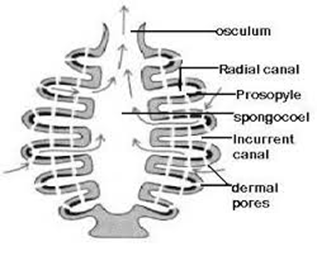Brown Algae - Classification, Characteristic features , Life Cycle
Class - Phaeophyceae
Scientific Name - Phaeophyceae
Commonly Called - Sargassum Weed
Number Of Species - 1500 and mostly they are Marine.
Colour - The color may vary from brown to olive green. This is due to the presence of pigment Fucoxanthin and chlorophyll ( a, c ).
Characteristics -
- They are multicellular.
- They are capable to reproduce through vegetative reproduction (fragmentation ), asexual ( zoospore ), and sexual ( from isogamy to oogamy ).
- Laminarin and mannitol are present in it as a food material.
- They follow diplo-haplontic as well as a diplontic life cycle.
- Kelp is the largest algae among brown algae.
- The body is divided into stripe, blades, and bladder.
- Autotropic in nature.
- Presence of flagella at some point in life.
- The body contains a special organelle called Pyrenoids which works as to store and synthesize starch
Life Cycle - Life cycle of most large kelp begins when a mature plant releases its spore directly into the water. The release of spore is directly related to the seasonal increase in daylight. These spores settle to a rocky bottom and begin to grow into haploid gametophyte plants, which immediately undergo sexual reproduction.
The embryo that is formed remains attached to the female gametophyte and is secreted to the bottom by a holdfast.
Benefit - Brown algae are a very good source of algin, a colloidal gel. The gel is used today in both; the baking and ice cream industry as a stabilizer. Algin is also found in toothpaste, bread, beer, and paint.




Comments
Post a Comment